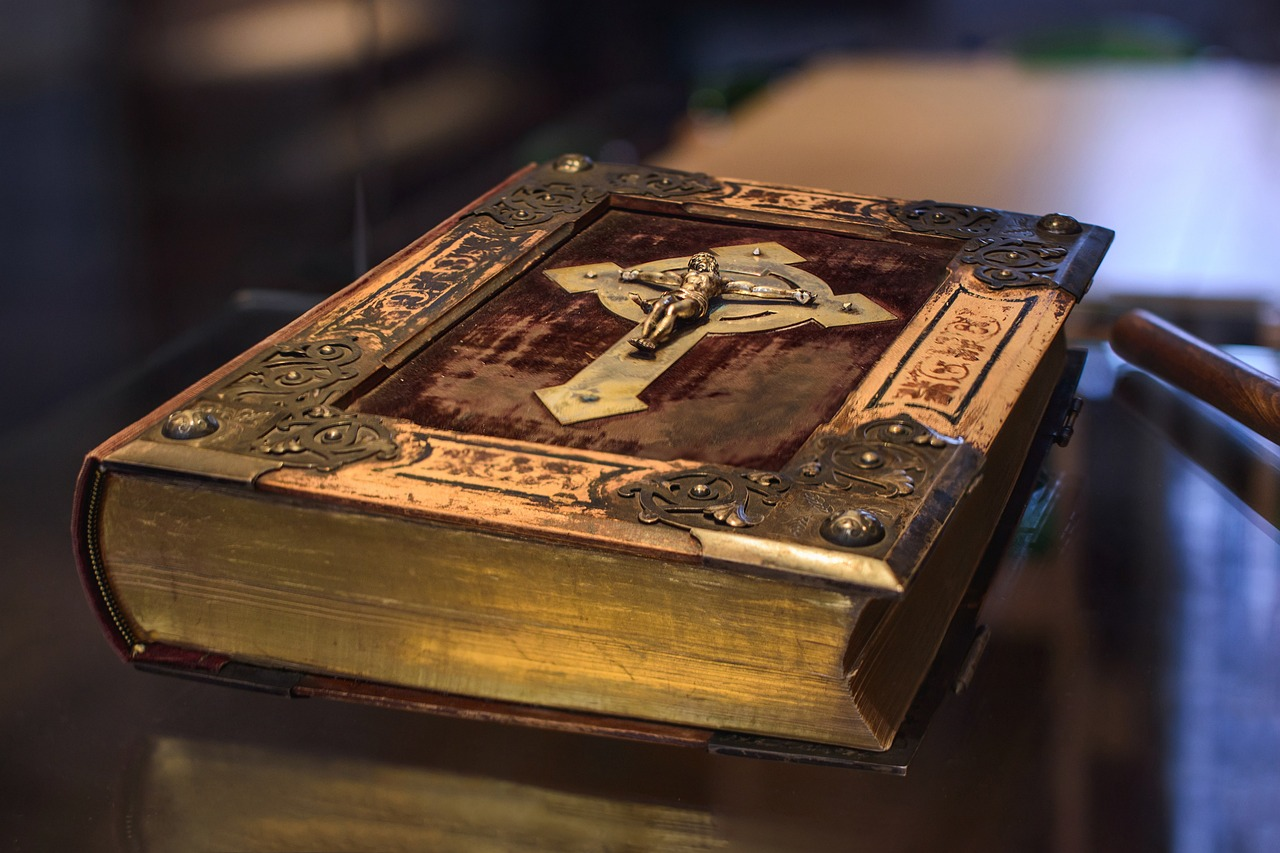Unit 11: The Renaissance and the Reformation (1300s-1600s) Overview
Unit 11: The Renaissance and the Reformation (1300s-1600s)

Unit 11: The Renaissance and the Reformation (1300s-1600s)

Unit 11: The Renaissance and the Reformation (1300s-1600s)
This unit emphasizes the causes and results of the Renaissance and the Reformation.
The Renaissance began in the cities of Northern Italy, leading to a flowering of art, sculpture and painting. It also swept into Northern Europe but there the more austere circumstances caused it to focus on religion and literature. The invention of the printing press would also enable new religious ideas to sweep across Europe.
The Renaissance was essentially an urban phenomenon beginning in northern Italy because cities like Florence were less affected by the ravages of the 14th century. The emphasis here was on a return to the past, evidence of which was all around them, and it was focussed chiefly in sculpture, architecture, painting and writing.
As the Renaissance spread to northern Europe, subtle changes occurred, with an emphasis on scientific intellectualism and religious humanism. It was dominated by the universities where the development of science was most pronounced. The renewal was also largely centred on religion, which is why the Reformation would happen in the north rather than in Italy.
Unit Focus
- events which caused the Renaissance, the Reformation, and the Counter Reformation
- important people of the Renaissance and their contributions
- important people of the Reformation and their contributions
- role of the Church during the Reformation
- causes and effects of the Black Death
Vocabulary
Lesson Reading
Videos and Interactives (Click on Images to View Content)

